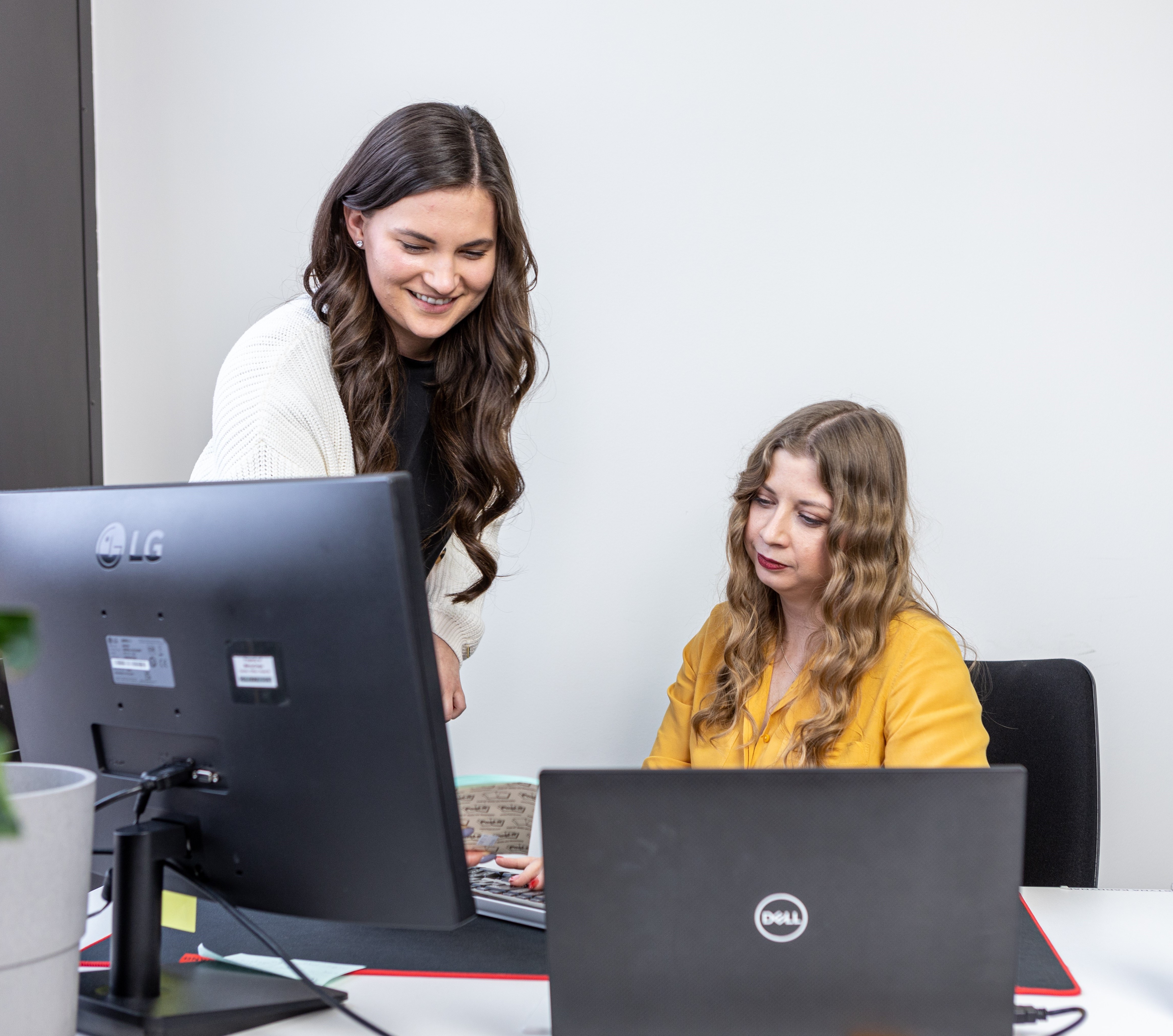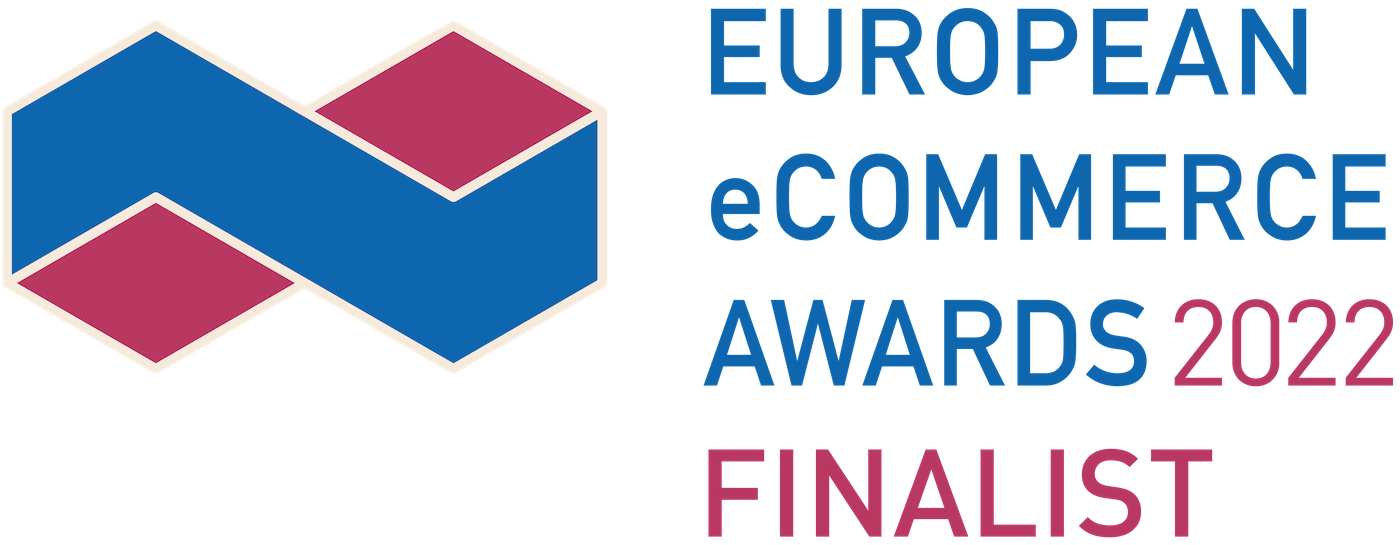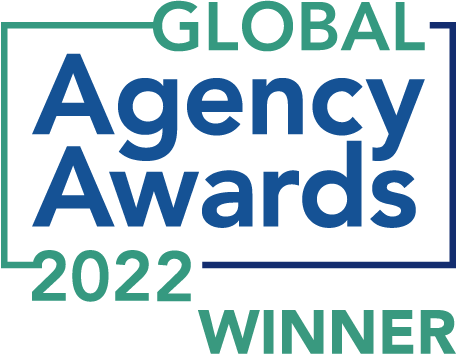Table of contents
Midjourney
Midjourney is a powerful Beta tool that generates graphics. To do so, it needs to be provided with prompts that can take the form of short natural language inputs or just a few keywords. To use it, you need to join the Midjourney Discord group – go to their official website to get instructions on how to access the channel. As of April 2023, Midjourney has over 13 million users, with over a million active ones.
The free version allows you to generate responses to up to 25 queries. You can also purchase a paid version if you want to. This way you can use this tool to generate as many images as you only please. Additionally, you are given full access to the community, including a pass to private chat channels that may speed up your content creation process.
o generate an image, use the “/imagine” function and follow it with your prompt. The bot will generate a response within 60 seconds, showing you 4 examples of low-resolution images to choose from. Later you can add some treatments to enhance details in a given image or make its variations. The final product will be of high quality and sharp detail.
Let’s take a look at the process of generating images in Midjourney:
- provide the initial prompt + use /image function

Source: Delante’s own screenshot
- select the enhanced detail option and choose 3 as a quality value

Source: Delante’s own screenshot
- generate image variations

Source: Delante’s own screenshot
- create the final version of the image

Source: Delante’s own screenshot
As you can see, Midjourney is a powerful and very user-friendly tool.
It does have its limitations, however. While it has no problems with generating high-quality and detailed images, it clearly struggles with crafting some crucial elements that most artists often pay extra attention to, such as proportions, eyes, and hands, to name just a few.
Another thing is that this tool isn’t impressively good at design – creating logos and brand marks still leaves much to be desired. Just take a look at the screenshot below. The Midjourney seems to need a bit more time to improve its understanding of certain prompts, doesn’t it?

Source: Delante’s own screenshot
Whatever you may say, Midjourney is definitely one of the most powerful and easiest-to-use creative tools available in the market today.
Did you know that Midjourney sparked a legal controversy long before ChatGPT captured public attention with its AI-generated texts? How did it happen? Midjourney uses machine learning to create images. This means it “develops its skills” using a massive collection of other artists’ works, both those living today and those who went down in history years ago.
This is why this tool caused quite a stir in the creative world. Its functionality was widely boycotted (see the screenshot below taken from the ArtStation platform) and resulted in a collective lawsuit filed by artists.

Source: ArtStation
What is the boycott and lawsuit about? It’s about copyrights. Artists and craftsmen are demanding the implementation of legal regulations on the use of their works for the purpose of training AI/ML algorithms. They want to be able to give permission for using their work as AI training material and receive adequate compensation for that.
As a response to the negative reception of AI-generated works, creative portals such as ArtStation have introduced a few protective measures. Now the artists uploading their images and graphics can add tags that prevent AI from using their works as training material. The same portal also added a requirement for tagging user-submitted works that were generated using AI.
Midjourney is a great creative tool that can facilitate finding inspiration and automate repetitive tasks such as drawing sketches and coming up with drafts. It is likely to find a special application in computer and card games, illustrations, animations, and concept art. It is also likely to find its place among social media managers, graphic designers, and marketers.
At the same time, Midjourney’s legal situation may indicate the direction in which social acceptance of learning systems and AI, as well as their generated works, will go. Special attention should be paid to updating national and international law in this area. I’d suggest following this issue and staying up to date with the decisions of legal authorities.
DALL-E 2
DALL-E 2 is a system developed by OpenAI that creates images from text descriptions. This tool enables you to generate unique images by combining and mixing different concepts and styles, as well as manipulate existing images by adding or removing selected elements while maintaining a credible balance of light and shadow. Additionally, the system offers the ability to create variations on an existing image.

Source: Delante’s own screenshot
Once you sign up, you receive 50 credits that you can use to generate images during the first month. Later, you receive 15 free credits every subsequent month. Of course, you can purchase more credits if you want to.
DALL-E 2 analyzes images and their descriptions available on the internet, comparing them with the user’s text input. You can use natural language to formulate the prompts. Also, you may expand the query by providing DALL-E 2 with style preferences (e.g. realism or impressionism). Based on this information, the system produces four graphics, which can be modified to your liking.
Also, you can ask DALL-E 2 to generate variations of a given image:

Source: Delante’s own screenshot

Source: Delante’s own screenshot
At the moment, I wouldn’t describe this tool as perfect. Formulating prompts isn’t intuitive – you need to put in a major effort to get a result that is close to what you’re expecting the tool to provide you with. Additionally, it often produces errors or results that are far from the original query.
Compared to Midjourney, DALL-E 2 is less intuitive and generates lower-quality images. However, it’s still worth using the 50 free credits to explore its capabilities.
Novelty by Adobe: Adobe Firefly
Let me start by telling you that Adobe Firefly is currently available in the Beta version. Similar to the aforementioned systems, Firefly also operates based on natural language queries.

Source: Adobe
The tool appears to become a solid competitor to Midjourney and DALL-E 2.
Adobe Firefly is supposed to help the creators with:
- creating graphics based on the drafts uploaded to the system

Source: Adobe
- adapting the generated images to the creator’s liking or needs, which is a huge advantage over its competitors
- changing the mood of imported photos or videos, including the weather

Source: Adobe
- creating posters, banners, and graphics for social media

Source: Adobe
- generating images and graphics from an uploaded mood board

Source: Adobe
- creating effects for text and letters, allowing for introducing various modifications to a given font

Source: Adobe
Adobe showed us that it is possible to manually modify given elements as well as adjust the style, lighting, composition, and cropping. It’s also possible to change the image’s mood and facial expressions!

Source: Adobe
Additionally, Adobe plans to expand the system to handle and create 3D graphics.
You need to send the request to get access to Adobe Firefly Beta. Also, you need to have an Adobe ID and be 18 or older. Invitations will be gradually sent to those interested in using the creative generative AI model by Adobe.
Later the creators will be able to use Firefly for commercial purposes.
Another advantage of Firefly is its learning system. It uses the data available in Adobe Stock, open license works, and works that entered the public domain (works that aren’t protected by copyright any longer). Interestingly, Adobe is said to be developing a compensation model for creators whose works are used to train the learning system.
Works produced through Firefly will also include a Content Credentials tag, indicating that they were created with the use of AI. Additionally, Adobe is working on introducing the “Do Not Train” tag that will allow creators to opt out of having their works used for training generative models.
Lensa
The app is designed to generate graphics (avatars) based on user-uploaded photos. It’s available on Android and iOS. Undoubtedly, Lensa has gained tremendous popularity recently. Images generated in this app have been flooding users’ Facebook and Instagram feeds and replacing regular profile pictures.
However, it’s advised to use the app cautiously, as it’s based on Stable Diffusion, a facial recognition system. There have also been increasing accusations of sexualizing the created graphics, racism, and violating artists’ copyright by using images from the internet to train algorithms without prior consent and financial compensation to the creators of the original works.
This is a paid app developed by the Russian company Prisma Labs.
Stable Diffusion
Stable Diffusion shares similar functionality to DALL-E and Midjourney. It allows its users to create high-resolution images using natural language as a prompt. The graphics are generated within just a few seconds.
What’s interesting is, Stable Diffusion clearly lacks ethical-related safeguards. This means that anyone can use pictures of famous individuals and celebrities for their graphics. The created images are available under the CC0 1.0 Universal Public Domain Dedication Open Source license.
Despite its impressive capabilities, the graphics created by Stable Diffusion often features some major flaws. Glaring inadequacies demonstrate mainly through the botched attempts to portray eyes and hands. Also, the system seems not to handle processing more abstract concepts.

Source: Delante’s own screenshot
RemoveBG
RemoveBG is a highly useful tool that helps you remove the background from any photo. It works efficiently and is super user-friendly. You just need to upload a photo or paste its URL, and that’s basically it.
The quality of images generated by RemoveBG is either good or high. The available sizes are 596×418 px or 2048×1438 px (the latter is paid). What’s interesting, this tool can be integrated with Canva. The background removal is done pretty impressively – the tool doesn’t have problems with separating individual hair strands from the background, leaving them sharp.
Here is RemoveBG in action – take a look at the photo showing two of our SEM Specialists:

Source: Delante’s own screenshot
Veed.io
Veed.io is an easy-to-use video creation AI-powered tool. Its wide range of functions helps you produce captivating videos. You can create your own motion picture either by using stock footage (no limits to the length) or import your own video content.
You can customize your video with sound, voiceover, and text in various styles and configurations.
Additionally, you can control the video speed and the timing of the captions. With its user-friendly editor, Veed.io appears to be a highly valuable tool – you may try using it for creating videos for Performance Max in Google Ads!

Source: Delante’s own screenshot
llElevenLabs
llElevenLabs is an interesting tool that acts as a text-to-speech reader for user-entered text. Its capabilities are pretty impressive, to be honest. It works really well with English input. Unfortunately, it struggles with less popular languages.

Source: llElevenLabs
vidyo.ai
Do you have a long video that you’d like to transform into a series of shorter clips for social media? Consider using Vidyo! This tool analyzes your video and creates shortened versions optimized for Instagram, Facebook, and other social media. Check it out here.
soundraw.io
This is a tool for generating background music that you can use in your video projects. Soundraw creates several options that you can later modify to fit your needs or liking.
Beautiful.ai
Beautiful.ai is a tool that helps you create professional-looking presentations and slides. It makes your job easier in many ways, providing you with a set of customizable templates, for example.
It also offers a machine learning system available through subscription plans for individuals, teams, and enterprises.
Below is an example of a slide generated by Beautiful.ai:

Source: Delante’s own screenshot
AI Image Generators: Summary
As you can see, there are many AI-powered graphic design tools, some of which are even available for free. Automating tasks and attempting to create graphics on your own is something worth trying as it may save you time and money. While creating your own images with AI tools, keep in mind the legal issues I mentioned earlier. Also, as it’s with most technological advancements, use them wisely!
And if you need help acquiring new customers, be sure to check out our Google Ads service.














